:quality(80)/cloudfront-us-east-1.images.arcpublishing.com/morningstar/D72C2ABHNRGTJHVPQ5FG5Z7UHE.jpg)
Optimism about the economy has been one of the big drivers of the stock market’s latest rally, with investors betting that we’d get an often-hoped-for but rarely-seen soft landing.
This would mean the Federal Reserve has raised rates enough to slow economic growth and beat inflation while avoiding a recession. Such a scenario could mean the Fed is just months away from cutting interest rates.
Many in the markets talk about a soft landing being in the cards for 2024. But it’s possible that when the fourth-quarter gross domestic product report is released Thursday morning, it will show that we already had a soft landing, or that one is just around the corner.
Has a soft landing already happened? Or is something else ahead? Here’s what investors need to know.
Q4 GDP Forecast to Show Slowing Growth
Economists are expecting the GDP report to show that the economy grew at a 1.5% rate on a quarterly basis during the fourth quarter, according to FactSet’s consensus estimates. That’s significantly slower than the third quarter’s 4.9% growth, but about in line with 2022′s annual growth rate of 1.9%.
In a research note released Monday, economists at Bank of America said they expect Thursday’s data to paint a picture of “a slowing economy at year-end.” They noted that the economy is still resilient, however, “led by consumer spending on the back of a tight labor market, higher-than-expected holiday spending, and moderately strong balance sheets.”
However, not all economists are convinced that a soft landing is either here or on its way, but rather think a recession could still be in play. For example, short-term Treasury bond yields are still higher than long-term yields—a dynamic known as an inverted yield curve—which has historically presaged a recession.
Meanwhile, certain economic indicators have contracted, which could signal that a less-than-ideal landing is already behind us. On the other hand, a potential slowdown in consumer spending could mean a soft landing is still further ahead.
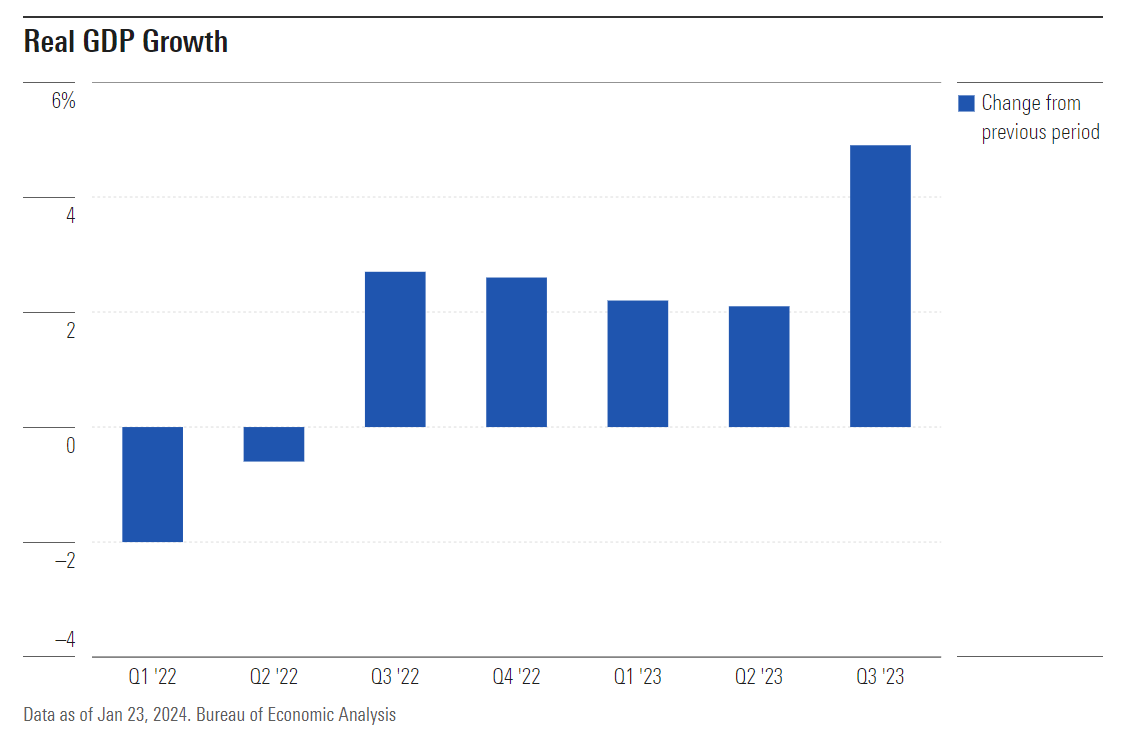
Hopes of a Soft Landing Replace Recession Fears
A year ago, many investors were convinced that with the Fed in the middle of its most aggressive series of interest rate increases in history, a recession was likely for 2023. When the regional banking crisis hit last March, it was widely believed that there was no question about whether an economic downturn was ahead, but a matter of how deep it would be. Instead, the economy roared back during the third quarter, led by a red-hot jobs market and strong consumer spending.
But by year-end, economic growth was moderating and inflation was cooling. After strong December jobs data, Treasury Secretary Janet Yellen said a soft landing had been achieved. The prevailing sentiment on Wall Street is that a soft landing is imminent. That optimism has helped propel stocks to near their highest level in two years.
Stephen Bartolini, who manages the U.S. core bond strategy at T. Rowe Price, is among those who think the economy has already landed. “This is what a soft landing looks like,” he said recently. “We’re living it.”
Timing of Fed Rate Cuts Could Ride on a Soft Landing
Changes to the economic outlook could have major implications for investors, especially ahead of a pivotal Fed meeting in March. Market watchers are eagerly awaiting any signal that the central bank is ready to declare success and pivot to rate cuts after 11 hikes in the past two years. A month ago, bond futures traders saw a roughly 75% chance that the Fed would begin cutting rates at that meeting. Today those chances have dropped to less than 40%, according to the CME FedWatch Tool.
A soft landing scenario could lead to the Fed cutting rates three times this year, as its forecasts at its December meeting suggest. A hard landing, wherein the economy tips into recession, would likely mean more aggressive rate cuts, while a reacceleration of growth—which could threaten the progress on reducing inflation—could push cuts further off.
A Consumer Slowdown Could Be Yet to Come
Some analysts see signs that there might be more change to come in the economy before all is settled. “I don’t think we’ve necessarily found that landing yet,” says Jeffrey Roach, chief economist at LPL Financial. He bases that argument on consumer spending data, noting that spending on services relative to goods hasn’t yet recovered compared to before the pandemic.
If services spending does recover and goods spending pulls back as pandemic disruptions continue to fade over the next few quarters, Roach says that could mean a net slowdown in consumer spending overall. “That could provide the timing where we finally land. We’re slowing to a walk and catching our breath … we’re still in a little bit of this adjustment period.”
A Not-So-Soft Landing?
Others say that recent declines in some key economic indicators show a bumpier landing has already happened.
Denise Chisholm, director of quantitative market strategy at Fidelity, notes that for the better part of two years, earnings growth, gross domestic income, and real income have all contracted, and GDP has come close to contracting. Those indicators aren’t signs of a perfect soft landing, she recently told Morningstar. Rather, she thinks those conditions point to a “hard soft landing,” or a “very soft hard landing.” She added: “We need to be more open-minded that we have seen recession-like conditions without a recession.”
Historical market data tells the same story. The peak-to-trough contraction of nearly 30% in the S&P 500 and roughly 40% in the Nasdaq “was right in line with typical hard landings where we have seen recessions,” according to Chisholm. The silver lining? That might be in the rearview mirror already. “We may have already landed,” she says, “as opposed to waiting for this landing.”
Too Soon to Declare Victory
Preston Caldwell, Morningstar’s chief U.S. economist, says that while a soft landing is currently “quite possible,” it’s not guaranteed. Inflation has fallen meaningfully and is approaching the Fed’s target of 2%. Future improvements in housing inflation should push the annual inflation rate over the line. But ultimately, he says, the success of the so-called “last mile” in the inflation fight “is contingent on monetary policy calibrating the economy appropriately.” In other words, the Fed still needs to get it right.
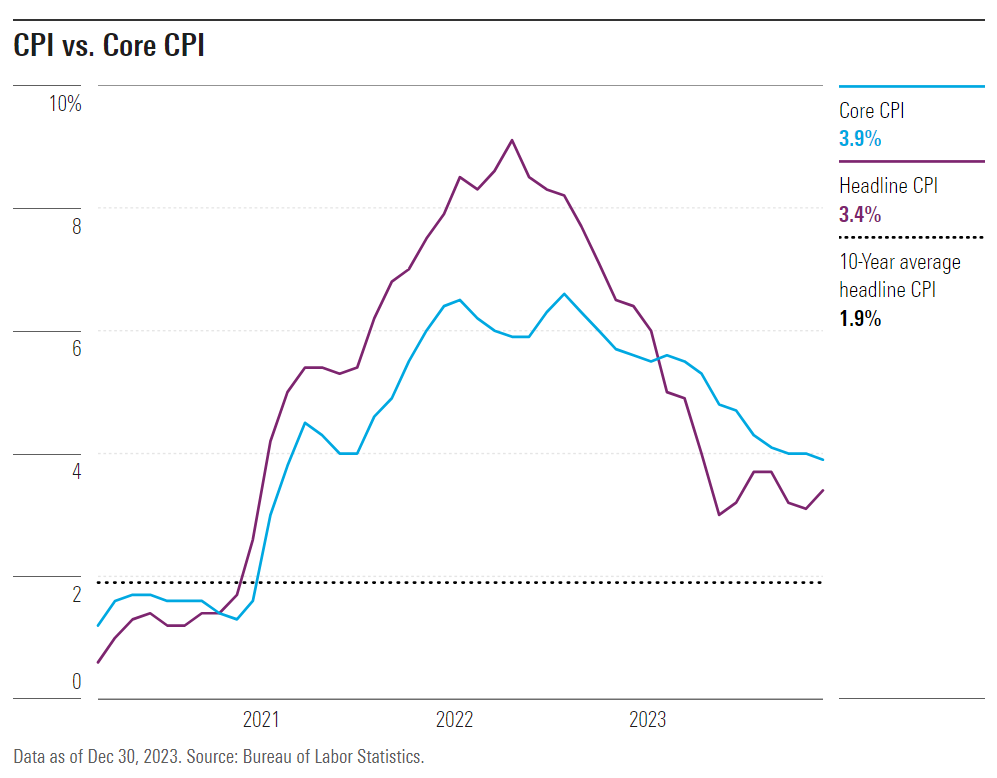
In an overheating scenario, for instance, inflation would remain above target and interest rates would remain high for too long. “Then you start getting into issues of financial fragility and maybe something breaks in the economy,” Caldwell explains. That could mean a recession.
There’s also the issue of lags. It’s still possible that some effect of previous rate Fed rate hikes have not yet rippled through the economy, which means there’s still uncertainty about how tight or loose monetary policy needs to be. That uncertainty “is what makes the soft landing not 100% assured right now,” Caldwell says. The bottom line? “I wouldn’t declare victory until we get down to 2% inflation in year-over-year terms.”





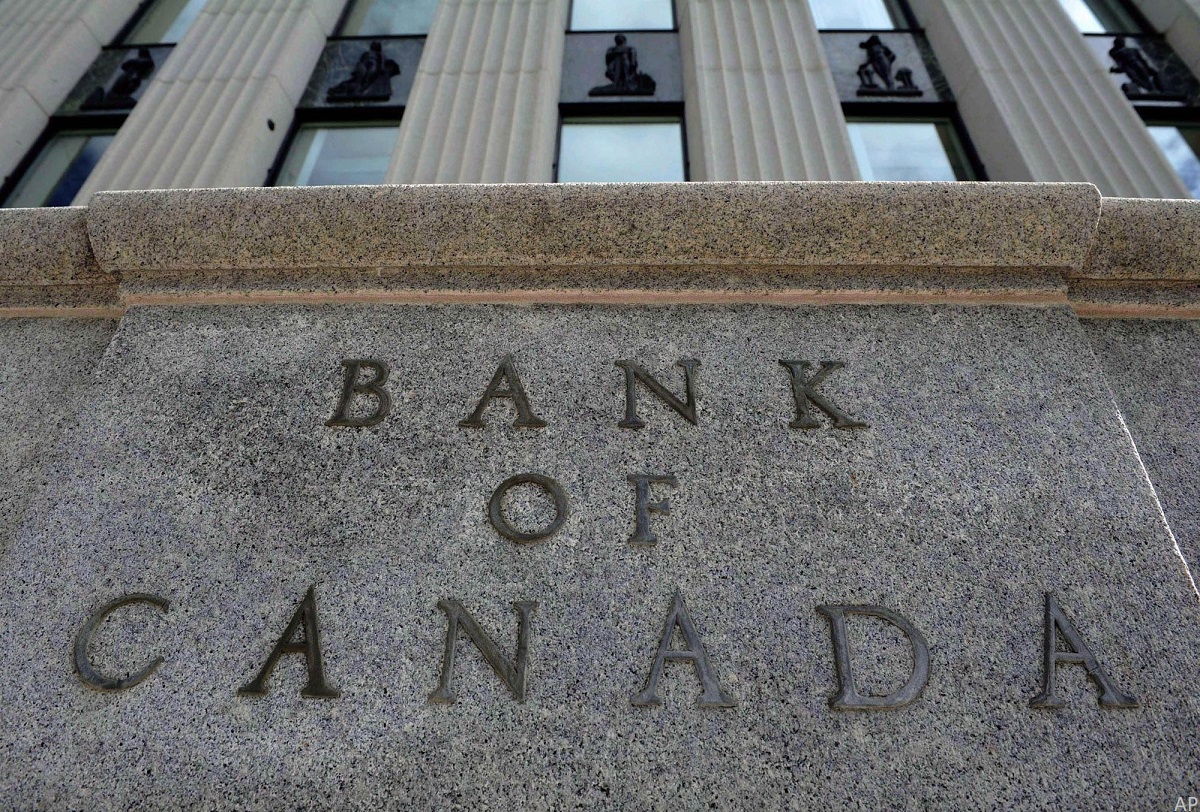
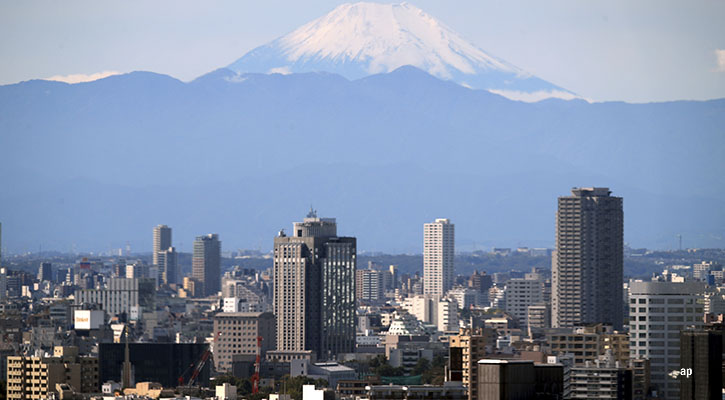
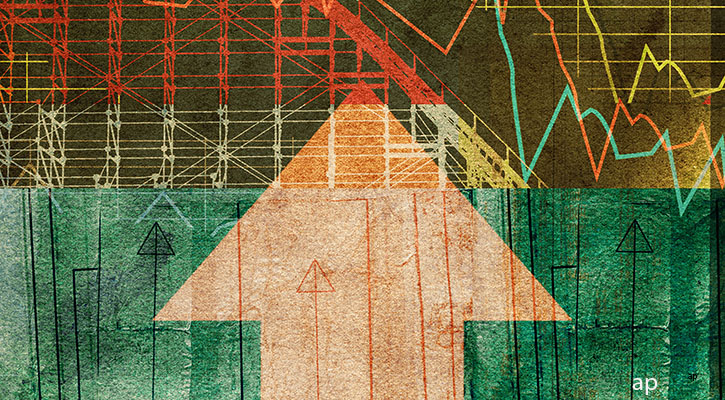

.jpg)










